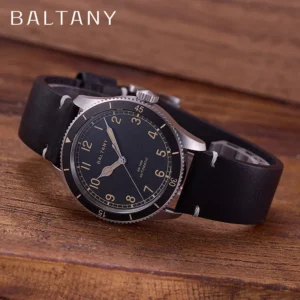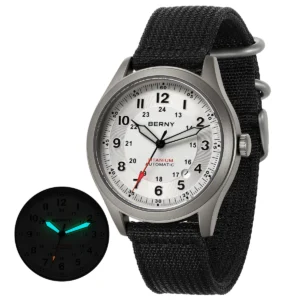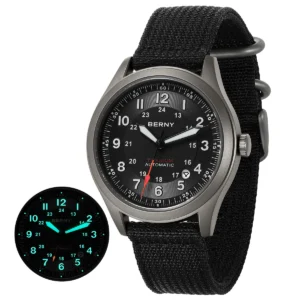1. Understanding Pilot Chronograph Watches: The Perfect Aviation Companion
Pilot chronograph watches represent the perfect marriage of precision timekeeping and specialized aviation functionality. At their core, pilot watches are timepieces specifically designed to meet the unique demands of aviation, featuring exceptional legibility, durability, and often specialized navigation tools. What transforms a pilot watch into a chronograph is the integration of stopwatch functionality—typically displayed through sub-dials on the watch face—allowing pilots to measure elapsed time independently from the main timekeeping function.
This combination proves particularly valuable in aviation contexts where precise timing is critical. From calculating fuel consumption to timing flight legs or approach procedures, the chronograph function serves as an essential tool for pilots managing complex operations in the cockpit. Beyond their practical applications, these timepieces also carry symbolic significance, representing the rich heritage of aviation timekeeping and the precision engineering that has supported pilots throughout aviation history.
Definition Box:
A pilot chronograph watch combines the specialized features of aviation timepieces (legibility, durability, navigation tools) with integrated stopwatch functionality through additional sub-dials and pushers, creating a multifunctional tool for precise timing during flight operations.
The specialized features found in chronograph pilot watches have evolved through decades of practical application, creating timepieces that balance technical capability with reliable performance even in challenging conditions.
2. Historical Evolution: From Cockpit Necessity to Iconic Timepieces
The story of pilot chronographs begins in the early 1900s, when aviation pioneers faced the critical need for reliable timekeeping. Early flights required precise timing for navigation, as pilots often relied on dead reckoning—calculating position based on time, direction, and speed. Simple wristwatches were adapted from pocket watches, featuring large, legible dials that could be read while keeping hands on controls.
World War I significantly accelerated the development of specialized pilot watches. Military aviation demands pushed manufacturers to standardize designs with features specifically suited to cockpit conditions. By the 1930s, dedicated chronograph functions began appearing in aviation timepieces, allowing pilots to time flight segments and perform critical calculations.
World War II represented another pivotal era for pilot chronographs. Military specifications became more stringent, requiring watches that could withstand extreme conditions while delivering split-second accuracy. Features like anti-magnetic cases, highly luminous dials, and more sophisticated chronograph mechanisms became standard. The iconic “flieger” (German for “pilot”) design emerged during this period, characterized by exceptional legibility and distinctive triangular markers at 12 o’clock.
The post-war decades saw pilot chronographs transition from purely functional tools to prestigious timepieces with aviation heritage. While maintaining their core functional elements, these watches became symbols of precision engineering and adventurous spirit. The historical significance of dive watch engineering follows a similar trajectory of evolution from specialized tool to iconic timepiece, just as the development of chronograph technology itself has a fascinating origin story tracked by those studying the father of the chronograph and his innovations.
Today’s pilot chronographs represent the culmination of this rich history—blending traditional design elements with modern materials and movements while honoring the aviation heritage that defines them.
3. Essential Feature: Superior Legibility Under Any Condition
When lives depend on split-second decisions at high altitude, the ability to read your watch instantly becomes critical. Superior legibility isn’t merely a design preference in pilot chronographs—it’s a fundamental requirement that has shaped their distinctive appearance.
The most effective pilot chronographs feature:
- High-contrast dials, traditionally black with white markings or vice versa, maximizing readability at a glance
- Oversized numerals and markers with optimal spacing to prevent visual confusion
- Sword or baton-shaped hands with clear differentiation between hour, minute, and seconds indicators
- Strategic use of accent colors (typically red or yellow) to highlight critical functions
- Generous application of luminous material on hands and hour markers for night visibility
- Anti-reflective coatings on crystals to eliminate glare in bright cockpit conditions
This emphasis on legibility explains the distinctive aesthetic of classic pilot watches, where form follows function in the most literal sense. The traditional triangle marker at 12 o’clock allows for immediate orientation, while simplified minute tracks often appear on the outer edge of the dial for precise time readings.
Modern pilot chronographs maintain these legibility principles while incorporating advances in luminous technology. Today’s watches typically use Super-LumiNova or similar compounds that absorb light and emit a strong glow for hours—a significant improvement over the radioactive radium used in early aviation watches.
Anti-reflective sapphire crystals represent another modern enhancement, virtually eliminating the sunlight glare that could temporarily blind pilots in early cockpits. Many contemporary models feature multiple layers of AR coating on both sides of the crystal, ensuring clear visibility from any angle.
4. Chronograph Functionality: Precision Timing at Your Fingertips
The chronograph function—essentially an integrated stopwatch—forms the heart of any pilot chronograph watch. This complex mechanism operates independently from the main timekeeping system, allowing pilots to time specific events without disrupting their reference time.
Most pilot chronographs feature a central seconds hand for the chronograph function, activated by pushers typically positioned at 2 and 4 o’clock. The upper pusher starts and stops the timing sequence, while the lower pusher resets the chronograph hands to zero. This intuitive layout allows for operation without looking away from instruments or controls.
The sub-dials (smaller circles within the main watch face) typically display:
- 30-minute or 60-minute counter: Tracks elapsed minutes when the chronograph is running
- 12-hour counter: Records hours during longer timing operations
- Running seconds: Shows the regular seconds for the main timekeeping function
Several chronograph mechanisms exist, each offering different functionality:
- Standard chronograph: Basic start, stop, and reset functions
- Flyback chronograph: Allows instant resetting and restarting with a single pusher press—particularly valuable for timing consecutive flight segments
- Split-seconds (rattrapante): Features two chronograph hands that can be stopped independently to time multiple events simultaneously
For pilots, chronograph accuracy is paramount. In aviation applications, precise timing can affect navigation, fuel management, and safety procedures. The intricate art and science of chronograph watchmaking involves complex systems of levers, gears, and columns working in precise harmony to achieve reliable measurement down to fractions of a second.
In practical use, a pilot might employ the chronograph to time climb rates, holding patterns, approach procedures, or fuel consumption checks—all critical calculations where accuracy directly impacts flight safety and efficiency.
5. Built to Endure: Durability and Robust Construction
The cockpit environment presents unique challenges for timepieces: vibration, pressure changes, temperature fluctuations, and potential impacts all threaten a watch’s integrity and accuracy. Consequently, pilot chronographs are engineered with exceptional durability as a core requirement.
Case materials play a crucial role in achieving this robustness:
| Material | Advantages | Considerations |
|---|---|---|
| Stainless Steel | Excellent durability, corrosion resistance, affordable | Heavier weight, can be susceptible to scratches |
| Titanium | Lightweight (40% lighter than steel), hypoallergenic, extreme corrosion resistance | Higher cost, can show scratches more visibly |
| Ceramic | Virtually scratch-proof, lightweight, modern appearance | Can be brittle if impacted, more expensive |
| Carbon Composites | Ultra-lightweight, high strength-to-weight ratio | Less traditional appearance, varied durability |
Beyond case materials, pilot chronographs incorporate specific durability features:
Shock resistance mechanisms protect the delicate movement components from sudden impacts or vibration. Most modern watches employ systems that suspend the balance wheel on shock-absorbing springs, allowing it to withstand significant g-forces without affecting timekeeping.
Water resistance, while not primarily designed for submersion, provides protection against humidity, condensation, and occasional exposure to liquids. Most pilot watches offer at least 100m water resistance, ensuring they remain sealed against moisture even during rapid altitude and pressure changes.
Anti-magnetic protection shields the movement from magnetic fields generated by cockpit instruments and electronics. Specialized alloys or soft iron cages within the case prevent magnetism from disrupting the balance spring and affecting accuracy.
Many pilots and enthusiasts appreciate titanium automatic watches for their ideal combination of lightweight comfort and exceptional durability—qualities particularly valuable during long flights where every ounce matters.
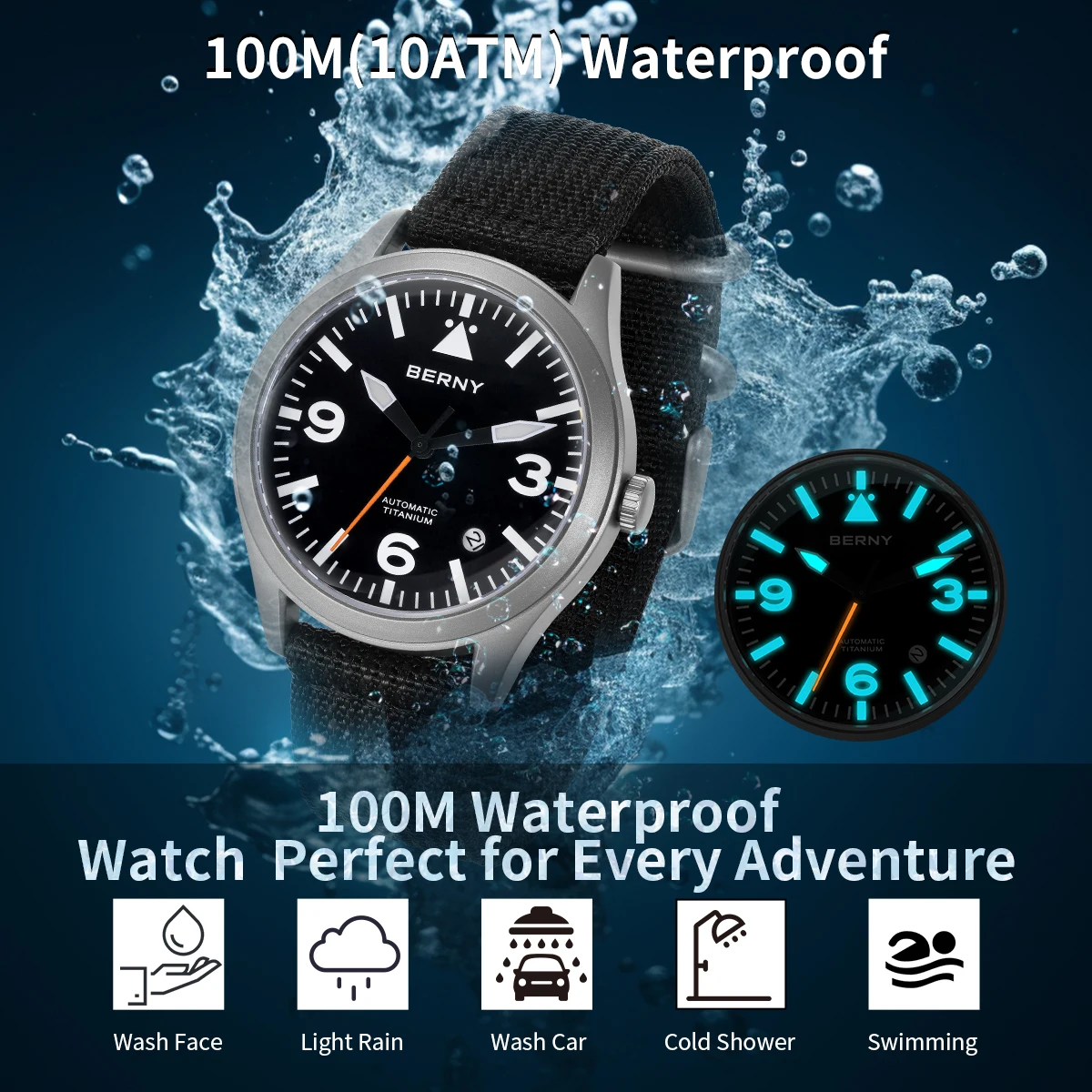
6. Distinctive Controls: Oversized Crowns and Ergonomic Pushers
The distinctive oversized crown—often referred to as an “onion” or “diamond” crown due to its shape—represents one of the most recognizable features of traditional pilot watches. This design wasn’t merely aesthetic but profoundly practical: early aviators wore thick gloves in unheated cockpits, and these enlarged crowns allowed for easier manipulation when setting time or winding the watch mechanism.
Historical Context:
Early aircraft cockpits were open to the elements, with pilots exposed to extreme cold at altitude. Heavy gloves were essential for survival, making standard watch crowns nearly impossible to operate. The oversized crown design solved this practical problem while creating a distinctive aesthetic that continues in modern pilot watches.
Modern pilot chronographs continue this tradition, though often with refinements. Contemporary crowns typically feature grooved or knurled patterns for improved grip, and many incorporate crown guards—small extensions of the case that protect against accidental impacts or adjustments.
The chronograph pushers receive similar attention to ergonomics. Typically larger than those found on dress chronographs, these pushers feature textured surfaces and require just enough pressure to prevent accidental activation while remaining responsive when needed. The tactile feedback when operating these controls provides confirmation of activation without requiring visual confirmation—a critical consideration when the pilot’s attention needs to remain on flight instruments.
Many modern designs balance these functional requirements with water resistance considerations. Screw-down crowns create a watertight seal when fully secured, while specialized gasket systems allow pushers to maintain water resistance even during operation. Understanding these specialized watch features helps appreciate the thoughtful engineering behind every aspect of pilot chronograph design.
7. Navigation Capabilities: GMT and World Time Functions
For pilots regularly crossing time zones, tracking multiple times simultaneously isn’t merely convenient—it’s operationally essential. GMT (Greenwich Mean Time) or world time functions represent a natural extension of the pilot watch concept, enabling clear reference to both local time and UTC (Coordinated Universal Time, the modern equivalent of GMT) or another time zone.
A typical GMT pilot watch features:
- Standard hour, minute and second hands for local time
- An additional 24-hour hand (often with distinctive color or shape) indicating a second time zone
- A fixed or rotating 24-hour bezel for reference
The functionality divides into two main types:
- True GMT (or “Traveler’s GMT”): The main hour hand can be independently adjusted when changing time zones, without stopping the watch or affecting other functions
- Caller GMT: The GMT hand is independently adjustable, while the main time display remains fixed
Reading a GMT watch is straightforward: the standard hands show local time on a 12-hour scale, while the GMT hand makes one revolution per 24 hours, pointing to the corresponding hour on the 24-hour scale. This 24-hour reference eliminates AM/PM confusion critical for flight planning.
Many GMT pilot watches incorporate bidirectional rotating bezels with 24-hour markings, allowing tracking of a third time zone by rotating the bezel to align with the GMT hand. For international pilots, this capability proves invaluable when coordinating departure times, calculating flight durations across time zones, or maintaining awareness of home base operations.
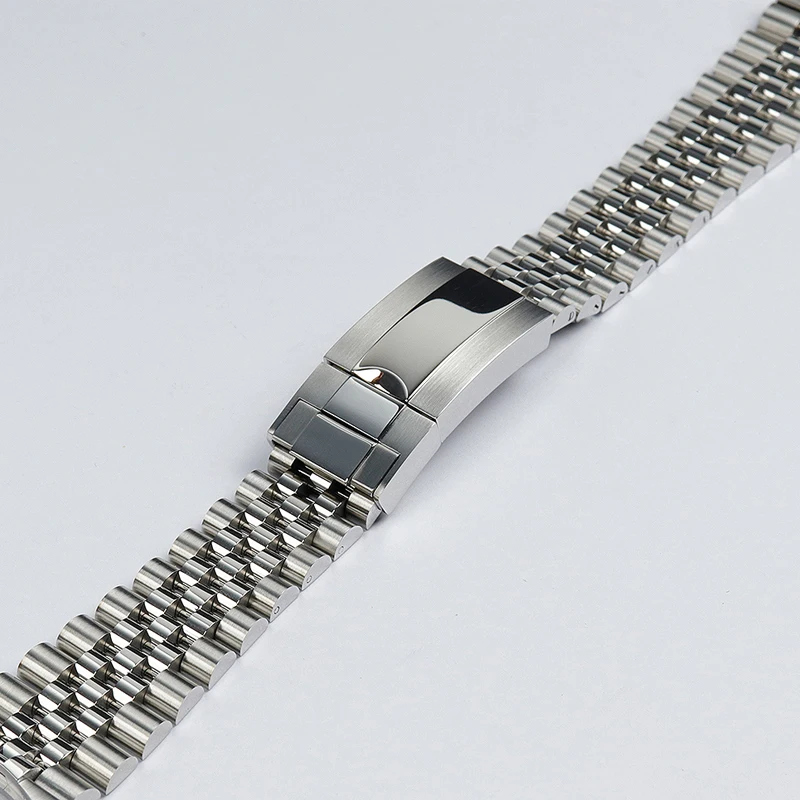
8. The Pilot’s Calculator: Slide Rule Bezels Explained
Before digital computers and electronic flight management systems, pilots relied on manual calculations for critical flight parameters. The slide rule bezel—essentially a circular analog computer—provided a brilliant solution for performing these calculations quickly and accurately.
These specialized bezels feature logarithmic scales that enable multiplication, division, and various conversions through simple alignment operations. By rotating the bezel to align specific markers, pilots could perform calculations including:
- Fuel consumption rates and requirements
- Flight time estimations
- Distance conversions between different units
- Climbing and descent rates
- Airspeed calculations
A basic conversion example shows the elegant simplicity: to convert 120 miles to kilometers, a pilot would rotate the bezel to align 12 on the conversion scale with the miles indicator. Reading across to the kilometers marker would show approximately 19.3, indicating 193 kilometers (120 miles ≈ 193 km).
The slide rule bezel traces its aviation heritage to the E6B flight computer—a manual calculation device developed in the 1930s that remains in use for pilot training today. While modern cockpits rely primarily on digital systems, the analog backup provided by these bezels represents a connection to aviation’s calculating traditions.
Though digital alternatives have largely replaced manual calculations in professional aviation, mastering timezone complications and travel watch features remains relevant for both practical application and appreciation of horological ingenuity. Many pilots and enthusiasts value these bezels not just for their potential utility but as a tangible connection to aviation’s calculating heritage.
9. How Do Pilots Actually Use These Features in Flight?
While many admire pilot chronographs for their design and heritage, their features continue to serve practical purposes in both modern and historical aviation contexts. Even in today’s digital cockpits, these mechanical tools provide valuable redundancy and specialized functionality.
In practical flight scenarios, pilots utilize chronograph functions for numerous applications:
During takeoff and initial climb, pilots may time standard instrument departure procedures that require maintaining specific headings for designated time intervals. The chronograph provides precise tracking without distracting from other instruments.
For fuel management—critical to flight safety—pilots regularly monitor consumption rates by timing how long a specific quantity lasts, calculating burn rates that inform range and endurance decisions. The chronograph’s precision proves invaluable for these ongoing calculations.
When executing holding patterns—circular flight paths awaiting clearance to proceed—pilots must maintain specific timing between turns. Chronograph functions allow precise adherence to these instructions without mental counting or estimation.
In emergency situations where instrument failure occurs, a reliable pilot chronograph can provide critical timing for navigation. The traditional “time-speed-distance” calculation method relies on accurate timing of leg durations when other systems are compromised.
The durability standards that define military watch features and engineering for extreme conditions share much with pilot chronographs, as both must maintain functionality in demanding environments where failure isn’t an option. While smartphones and digital tools offer similar functionality, they lack the immediate accessibility, reliability, and battery independence of a quality mechanical chronograph.
10. Movement Matters: What Powers Your Pilot Chronograph
The movement—the engine driving a watch’s functions—significantly impacts reliability, accuracy, and maintenance requirements. For pilot chronographs, these considerations take on added importance given their potential role in timing critical operations.
| Movement Type | Advantages | Considerations |
|---|---|---|
| Mechanical (Manual) | No battery required, heritage appeal, tactile winding experience | Requires regular winding, generally less accurate than quartz, higher maintenance |
| Automatic (Self-winding) | No battery required, self-winding convenience, heritage appeal | Less accurate than quartz, requires occasional wear or winding, higher maintenance |
| Quartz | Superior accuracy, lower maintenance, typically less expensive | Battery replacement needed, less horological prestige, limited connection to watchmaking tradition |
| Meca-Quartz Hybrid | Quartz accuracy with mechanical chronograph feel, moderate price | Combines battery dependence with mechanical complexity |
For many serious pilot watch enthusiasts, automatic movements represent the ideal balance between convenience and traditional engineering. These self-winding mechanisms harness wrist movement to maintain power, eliminating the need for daily manual winding while preserving the mechanical heart that connects to aviation timekeeping heritage.
Chronometer certification—awarded by official testing bodies like COSC (Contrôle Officiel Suisse des Chronomètres)—confirms a movement’s exceptional accuracy through rigorous multi-position testing. For aviation applications where precision matters, this certification provides assurance of performance well beyond standard tolerances.
Power reserve—how long a watch runs when fully wound but not worn—holds particular relevance for pilots. Longer power reserves (typically 40-80 hours) ensure the watch remains accurate through extended periods between wearings. The differences between manual vs. automatic chronographs include considerations of power reserve management and winding requirements that can impact operational reliability.
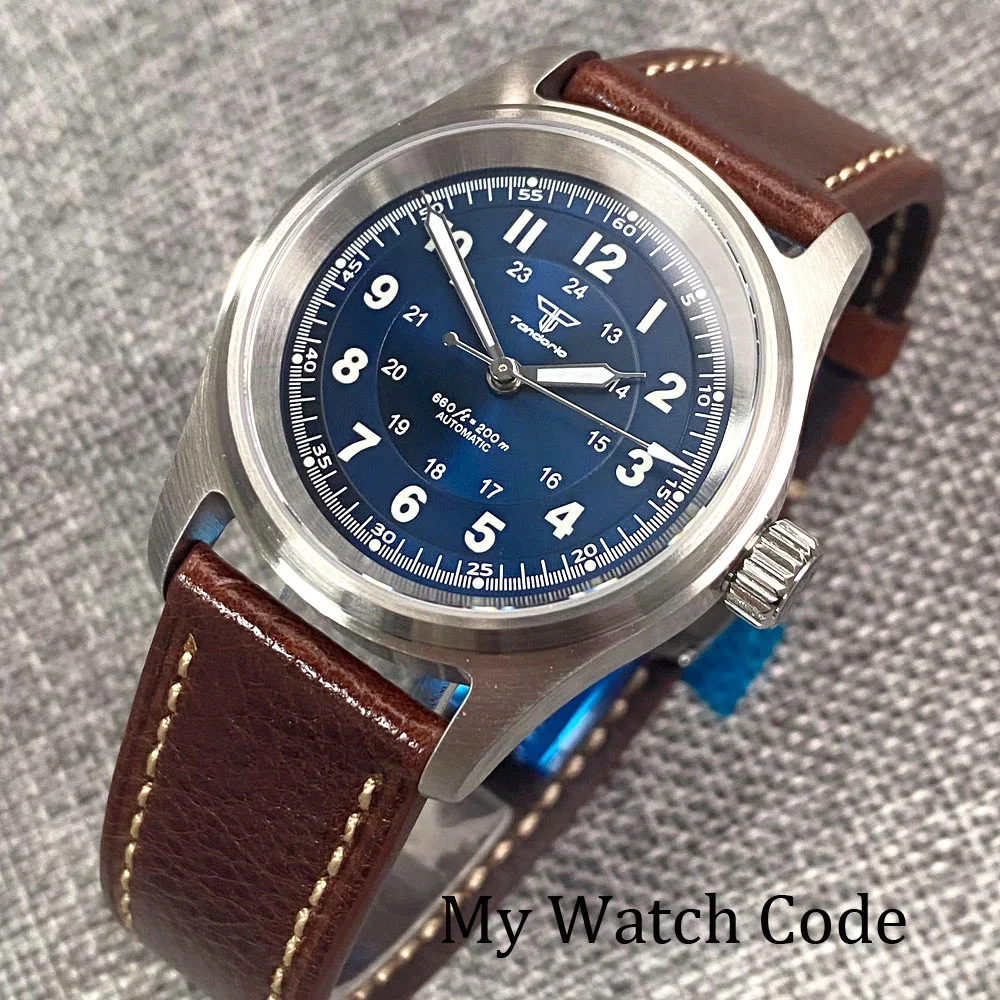
11. What Should You Look for When Choosing a Pilot Chronograph?
Selecting the right pilot chronograph involves balancing several factors against your specific needs and preferences. Whether you’re an active pilot seeking a functional tool or an enthusiast appreciating aviation heritage, consider these key aspects:
When evaluating intended use, determine whether you need authentic aviation functionality or primarily desire the aesthetic. For actual pilots, features like exceptional legibility, precise chronograph operation, and perhaps GMT functions hold practical importance. For enthusiasts, design heritage and movement quality might take precedence.
Regarding size considerations, traditional pilot chronographs tend toward larger diameters (42-47mm) for maximum legibility. However, contemporary manufacturers increasingly offer mid-sized alternatives (38-42mm) that maintain essential features while fitting more comfortably on smaller wrists. Consider both case diameter and thickness, as chronograph movements typically create thicker watches.
For feature prioritization, identify must-have functions versus nice-to-have options:
* Chronograph function: Essential for timing operations
* GMT/second time zone: Valuable for travelers or those working across time zones
* Date display: Practical for everyday wear
* Slide rule bezel: Specialized but rarely essential for modern use
* Luminous dial: Critical for low-light legibility
Budget expectations should align with quality tiers:
* Entry-level automatic chronographs typically start around $500-1,500
* Mid-range offerings with better movements and materials range from $1,500-5,000
* Luxury and heritage brands with in-house movements typically exceed $5,000
The diverse collection of automatic pilot watches offers options across these price segments, with varying levels of authenticity to historical designs and different feature sets to match specific needs.
Automatic Chronograph Watches, Chronograph Pilot Watches
Price range: $233.36 through $237.58 Select options This product has multiple variants. The options may be chosen on the product pageClassic Automatic Dress Watches, GMT Automatic Watches, GMT Pilot Watches
Price range: $1,240.86 through $1,463.33 Select options This product has multiple variants. The options may be chosen on the product pageProfessional Spec Dive Watches, Titanium Automatic Watches
$574.74 Select options This product has multiple variants. The options may be chosen on the product pageClassic Pilot Watches, Military Inspired Automatic Watches
$561.00 Select options This product has multiple variants. The options may be chosen on the product pageClassic Field Watches, Classic Pilot Watches, Rugged Automatic Watches, Titanium Automatic Watches
Price range: $425.24 through $496.28 Select options This product has multiple variants. The options may be chosen on the product pageClassic Field Watches, Classic Pilot Watches, Military Inspired Automatic Watches, Titanium Automatic Watches
Price range: $425.24 through $496.28 Select options This product has multiple variants. The options may be chosen on the product page
12. Is a Pilot Chronograph Right for Non-Pilots?
Q: Does a pilot chronograph make sense if I don’t fly aircraft?
A: Absolutely. While designed for aviation, pilot chronographs offer numerous benefits for everyday wear. Their exceptional legibility makes them practical for any situation requiring quick time checks. The chronograph function proves useful for timing everything from cooking to parking meters, while their robust construction withstands active lifestyles better than dressier alternatives.
Q: Will a pilot watch look too technical or specialized for regular occasions?
A: Most pilot chronographs feature clean, purposeful designs that actually transition well between settings. Their aviation heritage lends a subtle sophistication, while their functional aesthetic communicates precision and attention to detail. Many models, particularly those in the 38-42mm size range, work seamlessly with both casual and business attire.
Q: Are there practical benefits beyond the aviation-specific features?
A: The durability engineering that makes these watches suitable for cockpit conditions translates directly to everyday resilience. Features like shock resistance, anti-magnetic protection, and water resistance create watches that handle daily challenges effortlessly. Many enthusiasts find that chronograph watches offer a classic appeal that balances technical capability with timeless design.
13. Common Questions About Pilot Chronographs
Are pilot watches too large for everyday wear?
While traditional pilot watches tend toward larger sizes (42-47mm) for maximum legibility, many manufacturers now offer mid-sized alternatives (38-42mm) that maintain essential features while fitting more comfortably on smaller wrists. The key is finding the right proportion for your wrist size—a properly sized pilot watch should feel substantial but not overwhelming.
How often does a mechanical pilot chronograph need servicing?
Most manufacturers recommend servicing mechanical chronographs every 5-7 years, though this varies by brand and usage. The chronograph mechanism adds complexity compared to time-only watches, making regular maintenance particularly important. Signs indicating earlier service include decreased accuracy, difficulty setting functions, or resistance when operating pushers.
Are pilot watches obsolete in today’s digital cockpits?
While modern aircraft rely primarily on digital systems, pilot watches continue to serve as valuable backups and secondary references. Their independence from aircraft electrical systems provides redundancy that professional pilots still appreciate. Additionally, many flight training programs continue teaching analog time-distance-speed calculations, making mechanical timing tools relevant for educational purposes.
Do all pilot watches have chronograph functions?
No. While chronographs represent a significant category within pilot watches, many excellent aviation timepieces focus on exceptional legibility and durability without incorporating stopwatch functionality. Classic “flieger” designs, GMT pilot watches, and simplified field watch styles all qualify as pilot watches without necessarily including chronograph complications. The enduring legacy of chronograph complications represents just one aspect of the broader aviation watch tradition.
14. Why Enthusiasts Appreciate the Engineering Behind Pilot Chronographs
Beyond their practical applications, pilot chronographs captivate enthusiasts through their exceptional engineering and connection to aviation heritage. These timepieces represent mechanical art with purpose—complex systems of gears, levers, and springs working in harmony to achieve precise measurement.
The chronograph mechanism itself demonstrates horological ingenuity, with column wheels or cam systems orchestrating the start, stop, and reset functions through precisely manufactured components operating on tolerances measured in hundredths of millimeters. Watching the crisp action of chronograph hands snapping into motion or returning to zero reveals the quality of this engineering.
Historically significant designs connect wearers to pivotal moments in aviation. The aesthetic codes established during crucial periods of flight history—from early barnstorming to military aviation to the jet age—carry through in contemporary models, creating tangible connections to this legacy of exploration and adventure.
Many collectors particularly value the balance between form and function in pilot chronographs. Unlike purely decorative watchmaking, these timepieces embody purposeful design where every element serves a specific role. Understanding the inner workings of chronograph watches enhances appreciation for this harmonious relationship between aesthetics and utility.
At Sharp Aspect, we recognize that this combination of precision engineering, historical significance, and functional design creates timepieces that transcend mere accessories to become expressions of values—appreciation for craftsmanship, respect for heritage, and recognition of purposeful design.
15. Essential Terminology: A Quick Pilot Chronograph Glossary
Caliber: The specific model/type of watch movement, referencing its design and specifications.
Chronograph: A watch complication that functions as a stopwatch in addition to displaying the time, typically operated by pushers and displayed on sub-dials.
Column Wheel: A high-end chronograph component resembling a castle turret that controls the precision engagement of chronograph functions.
Flyback: A specialized chronograph function allowing the user to reset and restart timing with a single pusher press, without needing to stop first.
GMT/UTC: Greenwich Mean Time/Coordinated Universal Time; a watch function displaying an additional time zone, typically on a 24-hour scale.
Pusher: Button-like controls on the side of a watch case that operate chronograph functions (typically start/stop and reset).
Slide Rule: A logarithmic scale on a rotating bezel used for multiplication, division, and various calculations including unit conversions and fuel consumption.
Sub-dial: Smaller dials within the main watch face that display additional information, typically chronograph hours and minutes, and sometimes running seconds.
Tachymeter: A scale usually printed on the bezel or dial periphery used to convert elapsed time into speed based on distance traveled.
Telemeter: A specialized scale on some chronographs used to measure the distance to an event that can be both seen and heard (like lightning and thunder).





